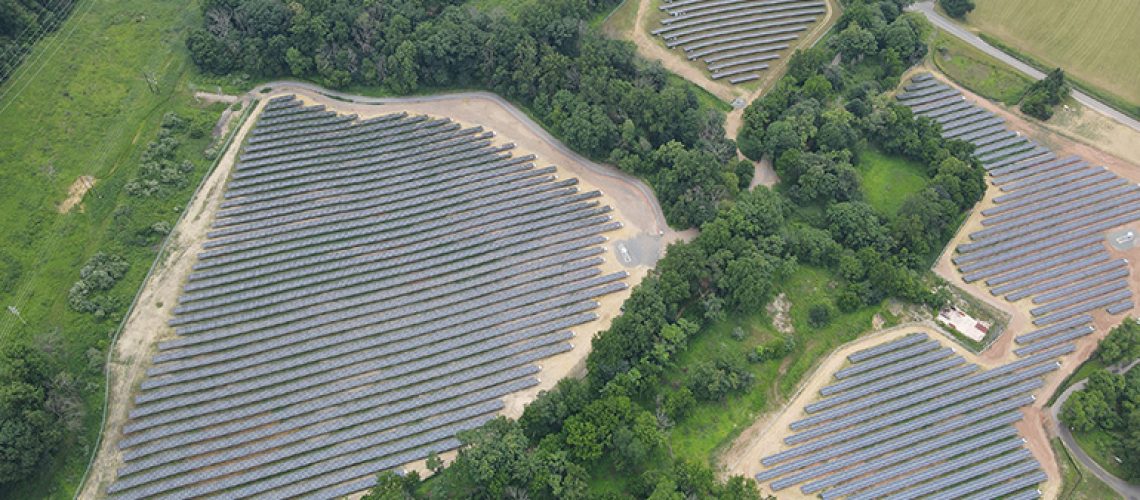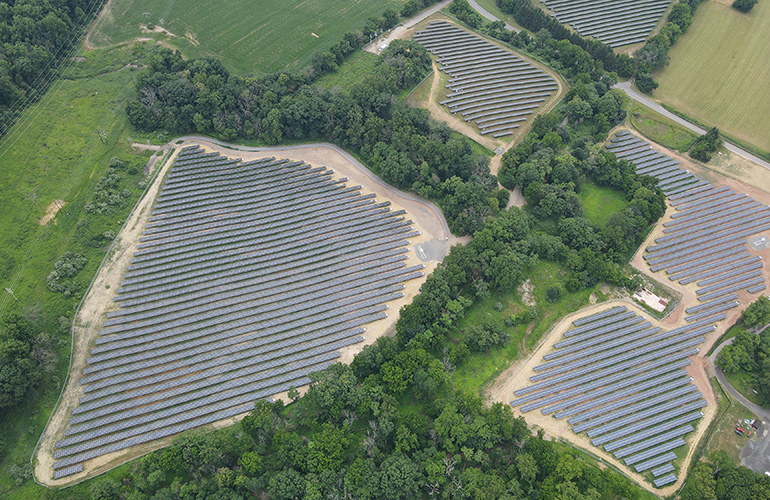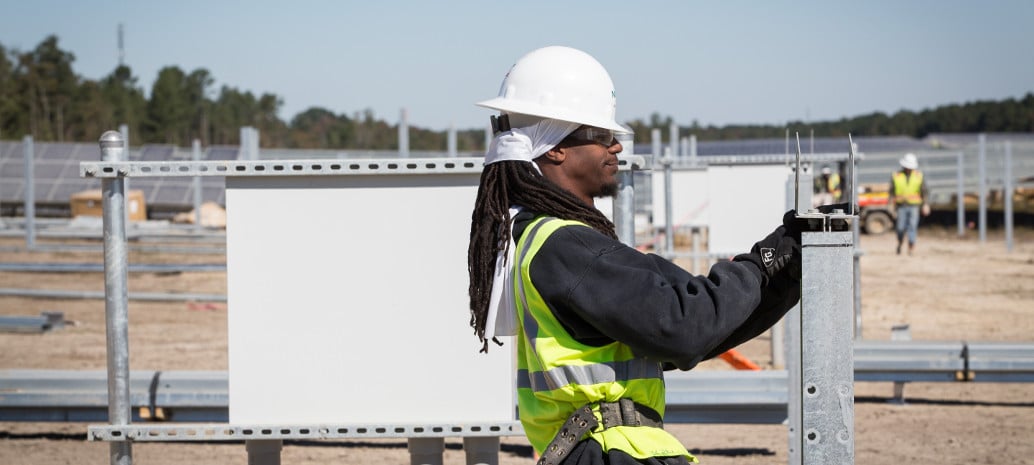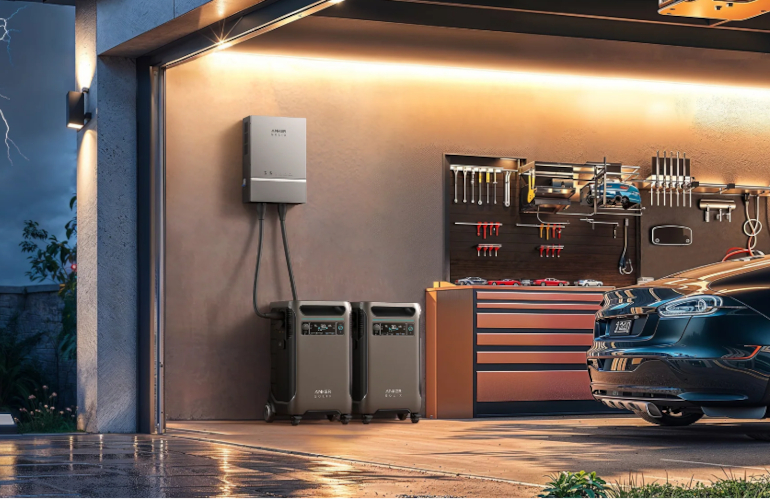The Dept. of the Treasury and Internal Revenue Service (IRS) released guidance that provides additional information about the bonus tax credit under the Inflation Reduction Act for clean energy projects in communities that have a history of fossil fuel extraction or production. The IRS issued Notice 2024-30 that expands certain rules for determining what an energy community is for the production and investment tax credits in the IRA
A CS Energy solar project built on a brownfield site in New Jersey.
“President Biden’s Inflation Reduction Act is driving investments in new clean power to communities that have been at the forefront of energy production, helping to create jobs and lower utility bills,” said U.S. Deputy Secretary of the Treasury Wally Adeyemo. “Today’s guidance provides clarity to companies planning investments and should help those investments move forward.”
The Inflation Reduction Act can increase credit amounts or rates if certain requirements pertaining to energy communities are satisfied. Developers can receive a bonus of up to 10% points on top of the Investment Tax Credit (ITC) and an increase of 10% for the Production Tax Credit (PTC). The energy community bonus for the ITC and PTC is available to developers locating projects in historical energy communities. If prevailing wage and apprenticeship requirements or certain other requirements are met, 10% is added to the tax credit.
Under the Inflation Reduction Act, there are three ways an area can qualify as an energy community:
- Coal closures: A census tract or directly adjoining census tract where a coal mine closed after 1999 or a coal-fired electric generating unit was retired after 2009 qualifies as an energy community.
- Metropolitan Statistical Areas (MSAs): The bonus is also available to areas that have significant employment or local tax revenues from fossil fuels and higher than average unemployment. To qualify for the bonus, an MSA or non-MSA must have or have recently had at least 0.17% direct employment, or at least 25% local tax revenues related to the extraction, processing, transport, or storage of coal, oil, or natural gas, as well as an unemployment rate at or above the national average unemployment rate for the previous year.
- Brownfields: Brownfield sites, which are properties contaminated by hazardous materials or other pollutants, also qualify as energy communities.
Treasury and the IRS issued initial guidance on the bonus for energy communities in April 2023, and today’s guidance addresses several issues raised by stakeholders. The Notice adds two additional North American Industry Classification System (NAICS) codes, 2212 (Natural Gas Distribution) and 23712 (Oil and Gas Pipeline and Related Structures Construction), to the definition of “fossil fuel employment” for purposes of determining eligibility under the Statistical Area Category.
The IRS also released Appendix 1, identifying additional MSAs and non-MSAs that meet the Fossil Fuel Employment threshold, and Appendix 2, identifying additional MSAs and non-MSAs that qualify as energy communities in 2023 by meeting the Fossil Fuel Employment threshold and the unemployment rate requirement for calendar year 2022. It also lists those that would potentially qualify for future years, depending on local unemployment rates, because they meet the historic fossil fuel employment levels after including the two additional NAICS codes.
The increased credit amount or rate available for meeting the requirements of the energy community provisions is generally 10% for the production tax credit and 2% for the investment tax credit.
This notice expands the Nameplate Capacity Attribution Rule in Notice 2023-29 to include additional attribution property. It also adds two 2017 North American Industry Classification System industry codes to the table in section 3.03(2) of Notice 2023-29 for purposes of determining the Fossil Fuel Employment rate.
The IRS also updated the frequently asked questions for energy communities. More information can be found on the Inflation Reduction Act of 2022 page.
News item from the Internal Revenue Service and The Dept. of the Treasury






